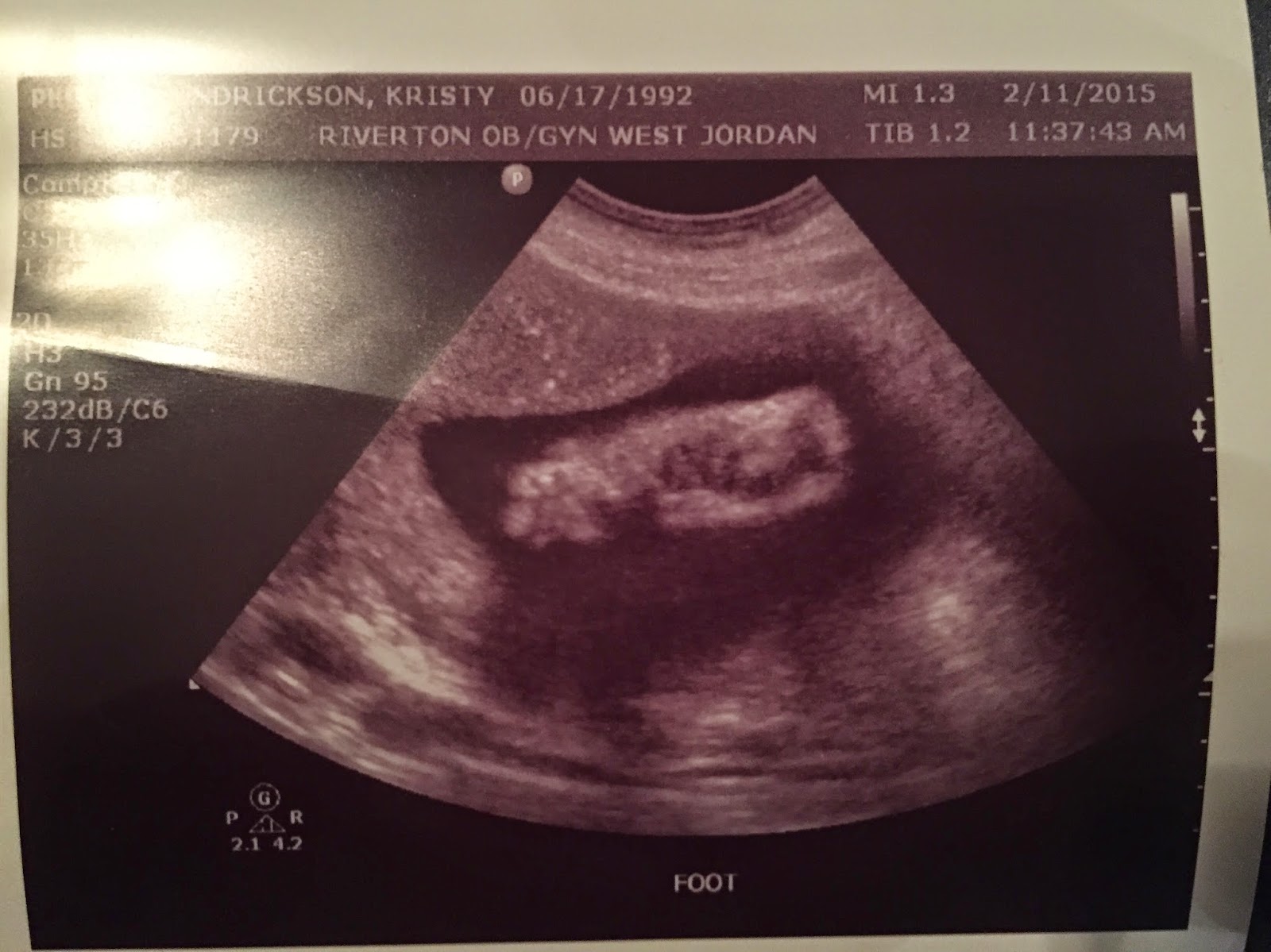


8 Table 3 displays the most common pitfalls in the assessment of AFV. The use of percentiles rather than fixed cut-offs does not improve the accuracy of AFI in identification of low or high AFV. The most commonly used U/S diagnostic criteria for AFV abnormalities are polyhydramnios: SDP >8 cm or AFI >25 cm, and oligohydramnios: SDP 1500 mL). SDP is the criterion used in the biophysical profile to document adequacy of AFV. SDP refers to the vertical dimension of the largest pocket of amniotic fluid (with a horizontal measure of at least 1 cm) not containing umbilical cord or fetal extremities and measured at a right angle to the uterine contour and perpendicular to the floor. 4 It may be useful, however, in circumstances in which visualization of cord-free pockets of fluid is difficult (eg, obesity).ĪFI is calculated by summing the depth in centimeters of 4 different pockets of fluid not containing cord or fetal extremities in 4 abdominal quadrants using the umbilicus as a reference point and with the transducer perpendicular to the floor. Color Doppler U/S does not improve the diagnostic accuracy of U/S estimates of AFV. Objective measures should be used if the subjective assessment is abnormal in patients at increased perinatal risk (Table 1), and in all patients examined in the late third trimester or post-term.Īmniotic fluid index (AFI) and single deepest pocket (SDP) are the most-used semi-quantitative techniques. 3 However, subjective evaluation does not provide a numerical value that can be used to compare patients and to follow trends in AFV over time. A subjective assessment of AFV should be performed at every antenatal U/S examination it has intraobserver and interobserver agreement of 84% and 96%, respectively. Ultrasound (U/S) examination is the only practical method of assessing AFV. The predictive ability of AFV alone, however, was generally poor. 1Ī recent systematic review demonstrated associations between oligohydramnios, birthweight 90th percentile, and perinatal mortality. Abnormal AFV has been associated with an increased risk of perinatal mortality and several adverse perinatal outcomes, including premature rupture of membranes (PROM), fetal abnormalities, abnormal birth weight, and increased risk of obstetric interventions. None of the authors has a conflict of interest to report with respect to the content of this article.Īssessment of amniotic fluid volume (AFV) is an integral part of antenatal ultrasound evaluation during screening exams, targeted anatomy examinations, and in tests assessing fetal well-being. Locatelli is Associate Professor, University of Milano-Bicocca, Monza, Italy, and Director, Department of Obstetrics and Gynecology, Carate-Giussano Hospital, AO Vimercate-Desio, Italy. Schilirò is Medical Doctor, Obstetrics and Gynecology, University of Milano-Bicocca, Monza, Italy.ĭr. Ghidini is Professor, Georgetown University, Washington, DC, and Director, Perinatal Diagnostic Center, Inova Alexandria Hospital, Alexandria, Virginia.ĭr.


 0 kommentar(er)
0 kommentar(er)
